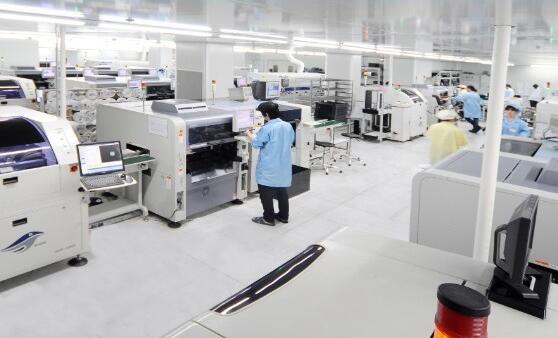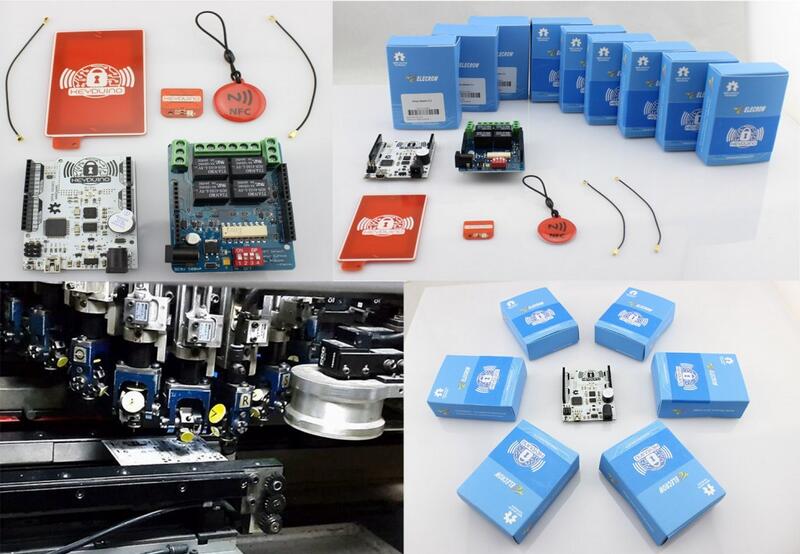Benefits Of Hiring SMT PCB Assembly Outsourcing Service

Printed Circuit Board (PCB) assembly is a critical process in the manufacturing of nearly all electronic products. In the past, many Original Equipment Manufacturers (OEMs) managed their PCB assembly in-house. However, with the rise of Surface Mount Technology (SMT) and other cutting-edge manufacturing processes, the industry has shifted.
Today, outsourcing PCB assembly to specialized contract electronics manufacturers is the new standard. These expert providers offer specialized knowledge, advanced equipment, and streamlined processes. Let's explore the significant benefits this brings to OEMs.
Key Benefits of Outsourcing SMT PCB Assembly Services
1. Reduced Capital Investment
Building an in-house SMT assembly line requires a massive capital investment. This includes:
- Purchasing expensive manufacturing and inspection machinery.
- Integrating complex production lines.
- Hiring and training qualified technical personnel.
By outsourcing to a professional contract manufacturer, you eliminate these significant upfront costs, freeing up capital for core business activities like research, development, and marketing.
2. Lower Per-Unit Costs & Economies of Scale
Contract manufacturers serve multiple clients, allowing them to purchase components and materials in bulk and run their production lines continuously. This creates economies of scale that directly benefit you. Since you don't have to bear the overhead costs of equipment and specialized staff, the cost per assembled board is significantly lower, making your final product more competitive in the market.
3. Faster Time-to-Market
Specialized EMS providers have optimized their workflows for efficiency and speed. They can mass-produce high-quality PCB assemblies in a remarkably short timeframe. This acceleration allows you to:
- Reduce production lead times.
- Achieve greater efficiency.
- Introduce your finished electronic products to the market faster than your competitors.
4. Guaranteed Quality and Expertise
Quality is non-negotiable for the success of any electronic product. Reputable contract PCB assembly manufacturers adhere to stringent quality control procedures and international standards. They possess deep expertise in the latest assembly techniques and employ advanced inspection tools (like AOI and AXI) to ensure every board is free of defects. This guarantees a reliable, high-quality product and helps you build a strong brand reputation.
Why Choose SMT over Traditional Thru-Hole?
While both SMT and Thru-Hole technologies are used in PCB assembly, SMT has become the preferred method for modern electronics for several key reasons.
The primary advantage of SMT is its space efficiency. Components are mounted directly onto the surface of the board, rather than having leads passed through drilled holes. This allows for:
- Smaller and more densely packed components.
- Use of both sides of the PCB for component placement.
- The creation of highly compact and complex electronic devices.
As electronics continue to shrink in size, SMT is no longer just an option but a necessity.
The Automated SMT Assembly Process: A Step-by-Step Look
The SMT assembly process is highly precise and automated. While the details can be complex, it generally follows three main phases:
Step 1: Solder Paste Application
The process begins by applying solder paste to the component pads on the bare PCB. This is done with extreme precision using a solder stencil, which is a thin metal sheet with laser-cut openings corresponding to the pads. A squeegee moves across the stencil, depositing the paste only where components will be placed.
Step 2: Component Placement (Pick-and-Place)
Next, an automated pick-and-place machine takes over. The machine is loaded with reels of components. It rapidly picks individual components from the reels and places them onto their designated pads on the board. The tackiness of the solder paste is sufficient to hold the components in place temporarily.
Step 3: Reflow Soldering
Once all components are placed, the board moves through a long reflow oven. The oven heats the board according to a carefully controlled thermal profile. This melts the solder paste, creating strong and permanent electrical connections between the components and the PCB. After cooling, the assembly process is complete.
A Win-Win Partnership is waiting for you
By choosing to outsource your SMT PCB assembly to a professional service, you are making a strategic decision that delivers competitive advantages. You gain access to high-quality manufacturing, reduce overhead costs, and accelerate your product launch, all without the burden of massive capital investment. In the end, it’s a true win-win partnership.
Ready to leverage these benefits for your next project? Partner with a professional electronics manufacturer like Elecrow.
Contact us today to get a quote and bring your product to life with efficiency and quality.
Our Products and Technology

